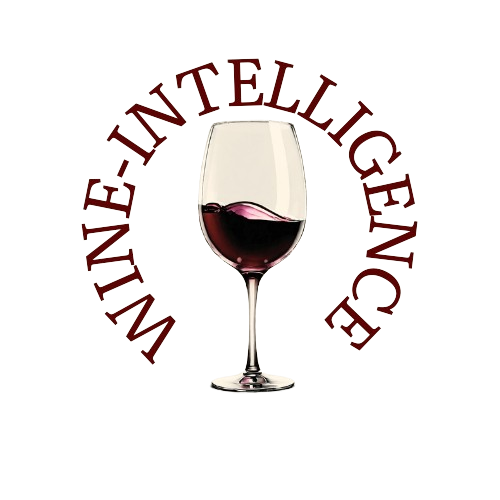As non-alcoholic wine rides a wave of popularity across Europe and North America, China is experiencing its own surge — but for reasons rooted more in cultural and social necessities than in wellness trends.
While Gen Z consumers in the West are increasingly embracing non-alcoholic wines as part of a broader shift toward health-conscious living, China's non-alcoholic wine market is booming in a very different environment: the boardroom and the banquet hall. Here, abstaining from alcohol is often a professional or medical necessity, and non-alcoholic wine provides a socially acceptable way to participate in important rituals like toasts without actually drinking.
According to customs data reviewed for the first quarter of 2025, China's imports of non-alcoholic beverages — including non-alcoholic wines — soared 25.4% year-on-year, reaching 70.28 million litres. The total value climbed to USD 218 million, with an average price of USD 3.10 per litre. Both volume and value posted strong gains, underlining the explosive momentum in this sector.
While the “non-alcoholic beverage” category also includes mixed drinks, the growth of non-alcoholic wine is unmistakable. On Alibaba’s Tmall platform, sales of non-alcoholic wine jumped by 120% in 2023. Analysts expect the market to exceed RMB 2 billion (around USD 275 million) by the end of this year.
The shift is also visible at major industry events. During the China Food and Drinks Fair, Shenzhen-based Devofast (Shenzhen) Co., Ltd. reported that all of its on-site contracts were for non-alcoholic and sparkling wines, indicating an unmistakable shift in preferences.
Producers are reacting swiftly. Auswan Creek, one of Australia’s top wine exporters to China, introduced its non-alcoholic label "Blue Lobster" to capture this growing demand. Though initially launched years ago with limited regional success, the label is now gaining national traction. "It’s only in the past two years that we’re seeing it catch on in more parts of the country," said CEO and founder Li Wei.
Other companies are experiencing similar momentum. QingDao Long Vision Global International Inc., which specialises in sparkling wines, now ships three full containers of non-alcoholic wine per month, reflecting surging demand.
But unlike the West, where wellness and mindful drinking movements drive the shift, China’s boom is fueled by social norms and professional etiquette. Business dinners and formal banquets often involve multiple rounds of toasting — an integral part of Chinese business culture. Non-alcoholic wines allow participants who must drive, who have health concerns, or who simply cannot tolerate alcohol to fully engage in these social rituals without standing out.
“Most people choose non-alcoholic wine because they have to drive after the meal — not because they’re concerned about health,” explained Yu Hongjie, general manager of Long Vision.
At high-profile events, maintaining the appearance of drinking is crucial. Many consumers prefer bottles that look and feel like real wine, complete with traditional labels and bottle shapes. As Yang Jiang, founder of Chengdu Xiangyue Trading Co., noted: “Non-alcoholic wine is mainly consumed during business banquets. Some leaders or female guests cannot drink for health reasons or need to drive, so non-alcoholic wine becomes the polite choice.”
Despite strong demand, pricing remains a challenge. Non-alcoholic wine in China is often seen as a ceremonial accessory rather than a luxury beverage. As a result, consumers are highly price-sensitive. Wines priced around RMB 100 (approximately USD 13–14) are the most popular. Higher-priced options struggle to gain traction, no matter their quality.
“In China, the cheaper the non-alcoholic wine, the easier it sells,” Yu said bluntly.
Taste expectations are also quite distinct. Consumers are looking for beverages that closely replicate the mouthfeel and structure of traditional wine, not merely sweet grape juice. According to Li Wei of Auswan Creek, "Consumers want a balanced acidity and sweetness. But most of all, they want it to have the structure and character of wine — not just taste like grape juice."
As the non-alcoholic wine trend matures, producers that can deliver convincing wine alternatives at an accessible price point are likely to win big. Yet, the cultural dynamics that underpin this market — different from wellness narratives dominating the West — will continue to shape how non-alcoholic wines are produced, marketed, and consumed in China.
Source: Vino-Joy

